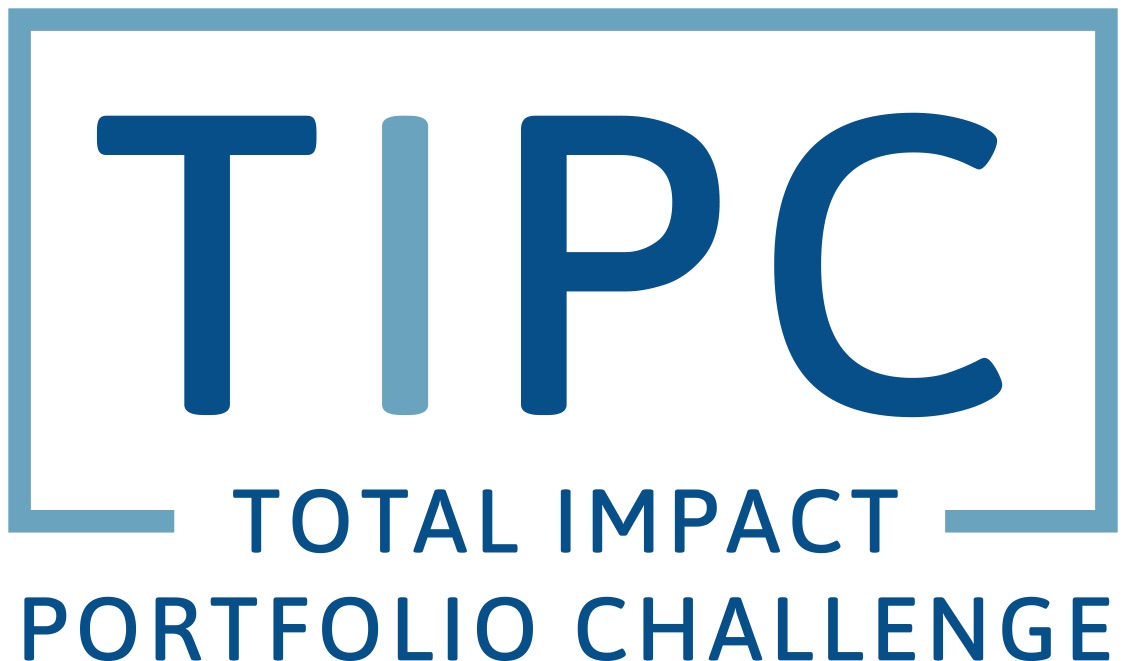Total Impact Portfolio Challenge
Objective
We believe that being fluent in impact is a competitive edge even for students who are not looking to have a career dedicated to impact investing. This Challenge will provide hands-on training in important aspects of impact investing, understanding investor profiles, security selection, impact alignment and reporting for all aspiring investment professionals.<br><br><br><br><br><br><br><br><br><br><br>
Description
Total Impact Portfolio Challenge is designed to inspire the next generation of at-scale capital mobilization to address the world’s critical challenges. The Challenge will provide aspiring wealth managers, portfolio managers, and investment advisors an on-ramp into portfolio construction with an impact lens across asset classes, and the risk-return spectrum.
The Total Impact Portfolio Challenge is dedicated to:
- Enabling students to embed impact into overall strategic asset allocation.
- Exposing students to real-world investing opportunities.
- Replicating the complexities of execution and reporting.
- Putting classroom theory into practice.
What are the important dates I should know?
2024
Aug. 30 – Application opens
Oct. 8 – Application deadline, Canvas launches
Mid-Oct. – Virtual kickoff
Dec. 15 – First deliverable: investment policy statement due
2025
Feb. 17 – Portfolios and rationale due
Early Mar. – Finalist teams announced
Apr. 4 – Finalist presentations in Philadelphia at the Wharton School
Total Impact Portfolio Challenge Overview from Good Capital Project on Vimeo.
What are the steps involved to compete?
STEP 1: FORM A TEAM +
Form a team of 3-5 students to work together to construct your portfolio.
STEP 2: ACCEPT INVITATION TO ONLINE LEARNING MANAGEMENT SYSTEM (CANVAS) +
If you are accepted into the TIPC program, you’ll be invited to join our online TIPC platform Canvas. Canvas will provide various resources to help guide your TIPC experience. This includes informational videos, webinars, school resources, and access to various data sets.
STEP 3: CREATE THE FIRST DRAFT OF YOUR PORTFOLIO RECOMMENDATIONS +
Once you’re invited to join the program, you’ll receive a detailed institutional investor profile You’ll need to respond with your strategy for allocating their assets, in line with their risk profiles, return expectations, and their specific issue areas and values. You will be provided with resources and tools to help you look for investment opportunities across asset classes.
STEP 4: REFINE AND REPORT YOUR PORTFOLIO +
Work with Total Impact Portfolio Challenge program advisors to refine your asset allocation strategy. Use your chosen tools and metrics to measure and report the financial and social impact performance of your portfolio. Students are welcome to develop their proprietary tool to supplement existing industry tools and frameworks.
STEP 5: SUBMIT FOR JUDGING +
Submit your final portfolio and your rationale narrative for review by expert judges.
STEP 6: JOIN US VIRTUALLY FOR THE FINALS +
Finalist teams will be selected to present their portfolios and their selection rationale to a group of expert judges in April 2025.
Eligibility
The challenge is open to teams of graduate students currently enrolled in US universities.
A team can have a minimum of 3 and a maximum of 5 members, all of whom must be enrolled in a full-time graduate program at the time of the submission in US Universities. The team members can be from different school years across graduate schools of the same university. We encourage students to form teams drawn from different graduate programs to ensure a balanced mix of expertise and skill sets. Teams cannot include PhD students or students enrolled in executive programs.
A degree or background in finance is not a necessary requirement to participate in TIPC. However, an understanding and interest in the modalities of how capital can be better aligned to social impact is crucial. The Challenge is designed to marry the rigor of investment management to high, positive impact. Philanthropic and development institutions are increasingly partnering with the “mainstream” private capital markets to find innovative and sustainable financial solutions to the world’s most pressing challenges. This Challenge is for constituents of both worlds.

April 04, 2025
October 08, 2024
Public
Finance
U. of Pennsylvania - The Wharton School
Undefined
